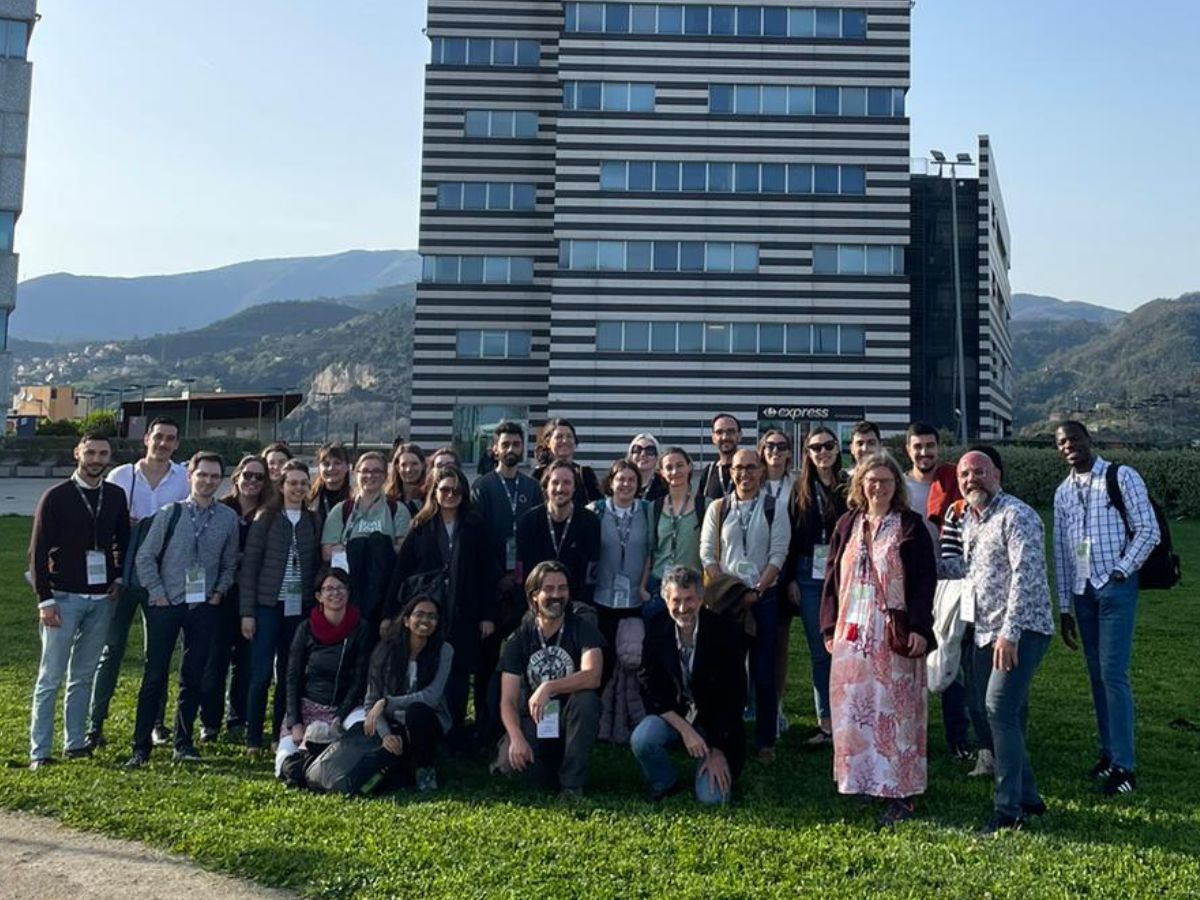Towards a new frontier of the science of soft materials.
Fluid matter is a pervasive presence in our world, in the vital mechanisms of our body such as the circulation of air in the lungs and blood in the cardiovascular system, to the swirling air in the wake of cars and aircraft, right through to environmental phenomena such as atmospheric currents and the flow of water in seas, rivers and underground. We also find fluid materials in fundamental physical processes, including those that we cannot perceive directly, such as the flow of cosmological matter at the most distant extents of the Universe, but also those in the smallest constituents of matter, such as the subnuclear plasmas of quarks and gluons that are thought to have populated the baby-universe that was born a few microseconds after the Big Bang.Understanding the behaviour of fluid matter is therefore one of the most important and interdisciplinary challenges of modern science, with important repercussions in all fields of knowledge, from physics to chemistry, materials science, biology and medicine. However, this is not an easy task, mainly because fluid matter interacts on several dimensional scales, both in space and time, and typically in a notably non-linear manner (as we theorists say), in other words, small perturbations can induce large effects and vice versa. The development of mathematical and computational models has made it possible to capture some of this complexity.By using these methods, we have identified a particularly interesting state of matter that has emerged in recent years, namely so-called Soft Flowing Crystals (SFC), which are configurations of droplets, like oil in water, arranged in a regular and uniform manner. This state is called ‘Soft’ because the drops are slightly deformable, ‘Flowing’ because they flow, and ‘Crystals’ because they do so in a spatially ordered and regular configuration. In practical terms, we can think of SFCs as a new state of matter, whose fundamental constituents, rather than atoms or molecules, are immiscible droplets. But what is the scientific interest of these soft flowing crystals?On a theoretical level, we ask ourselves what their properties could be when far removed from an equilibrium state: for example, what speed could an SFC reach before losing its ordered structure and breaking up into a mixture of disordered drops, called emulsions? In practical terms, the most interesting aspect arises from the possibility of constructing new materials by integrating Soft Flowing Crystals on a large scale, and considering that, as droplets, their size is about a million times larger than atoms, say a tenth of a millimetre in diameter. Of course, it is unthinkable that droplets could be used to replicate all materials known to us, on a scale that is a million times larger: the vast majority of the structures around us, starting from our bodies, would not survive this massive increase in size, because they would no longer be compatible with the fundamental laws of physics.However, with the spectacular advances in experimental microfluidics, today it is possible to make ‘droplet’ materials that have many potentially important applications, for example the manufacture of porous materials for biomedical applications, such as cell cultures for regenerative medicine, which can benefit greatly from this ‘amplification of scale’. Other feasible applications can be seen in the field of catalysis, with direct implications regarding energy. In order to be able to achieve all this, where interactions on a macromolecular scale (around ten billionths of a metre) coexist with larger interactions, related to the size of the device (of the order of centimetres), therefore six orders of magnitude, it is important to include an ‘artistic’ component. The modelling factor that we scientists can invent in order to approximate these molecular interactions by using simpler, but not simplistic, models, will enable us to use computers to the best advantage. The question is therefore that of building mathematical-computational bridges between the tangible world of engineering devices and the invisible world of macromolecules. This is the art of computational physics.By using a computational strategy known as Lattice Boltzmann Methods, as part of the ERC project ‘Computational Design of Mesoscale Materials’, our group at the Centre for Life Nanosciences at the Italian Institute of Technology in Rome, in collaboration with CNR and Harvard University, has recently developed efficient methods for designing the structure of engineering-scale soft crystals by taking interactions at the macromolecular scale into account. This method makes it possible to work on the effects of special molecules, known as surfactants, that stop droplets from coalescing (in other words, preventing small droplets of oil from merging when they are in water), which is essential for preserving the regular, yet soft, structure of the flowing crystal. In fact, a surfactant consists of ‘ambivalent’ molecules, in that their tips love water while their tails love oil. Its presence ensures that the soft crystal’s structure does not change.Our model has shown us that soft matter is generous: it is often not necessary to study it with molecular accuracy. By means of these and other projects, we will be able to succeed in the computational design of flowing soft crystals, and therefore potentially achieve the whole series of applications mentioned above. It is often said that there is an entire universe in a drop of water, and perhaps that is really the case…





